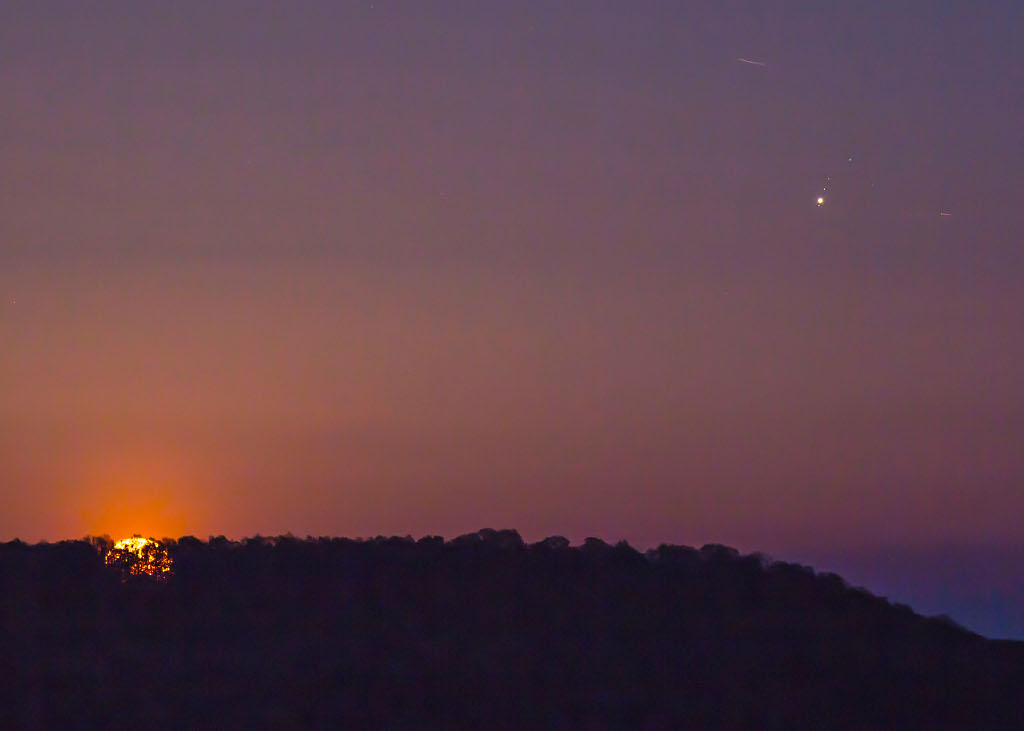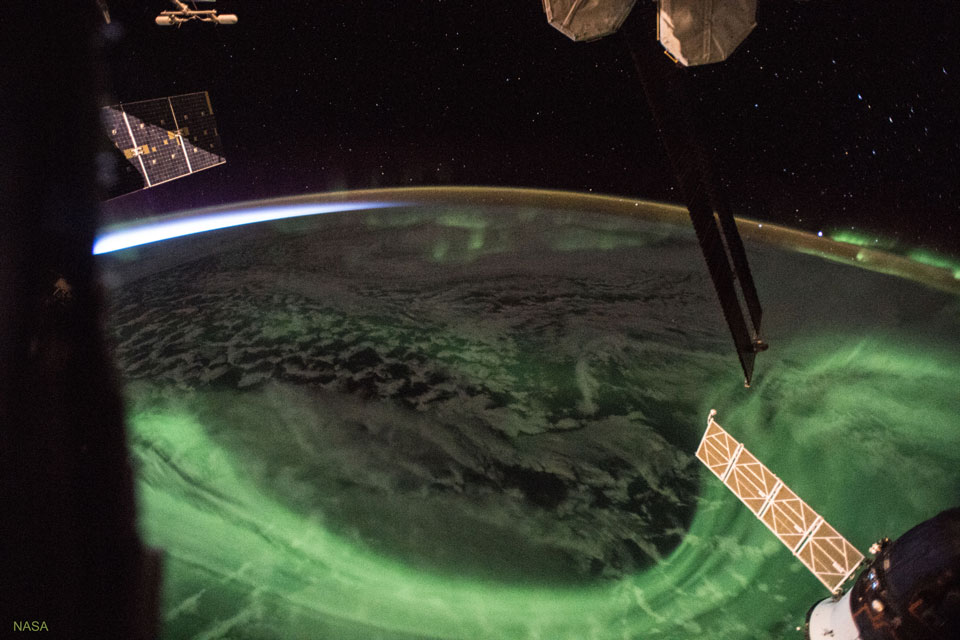
Opposite the Setting Sun

NASA to Preview Pair of Upcoming US Spacewalks, Provide Live Coverage
Two NASA astronauts are scheduled to venture outside the International Space Station for a pair of six-and-a-half-hour spacewalks May 16 and 30.
from NASA https://ift.tt/2KxQRLE
via IFTTT![]()
Training ‚Guardian Angels‘

Demonstration Proves Nuclear Fission System Can Provide Space Exploration Power
NASA and the Department of Energy’s National Nuclear Security Administration (NNSA) have successfully demonstrated a new nuclear reactor power system that could enable long-duration crewed missions to the Moon, Mars and destinations beyond.
from NASA https://ift.tt/2FA64rZ
via IFTTT![]()
Testing the InSight Mars Lander’s Solar Arrays

The Aurora and the Sunrise

Twin Spacecraft to Weigh in on Earth’s Changing Water
A pair of new spacecraft that will observe our planet’s ever-changing water cycle, ice sheets, and crust is in final preparations for a California launch no earlier than Saturday, May 19.
from NASA https://ift.tt/2jj0v8j
via IFTTT![]()
Ganymede: A Moon Like No Other
Twin Spacecraft to Weigh in on Earth’s Changing Water
A pair of new spacecraft that will observe our planet’s ever-changing water cycle, ice sheets, and crust is in final preparations for a California launch no earlier than Saturday, May 19.
from NASA https://ift.tt/2jj0v8j
via IFTTT![]()


